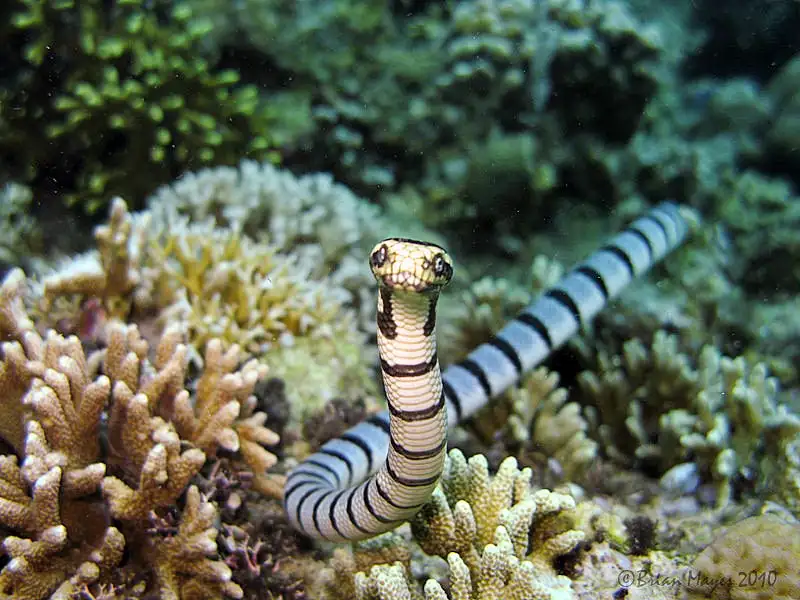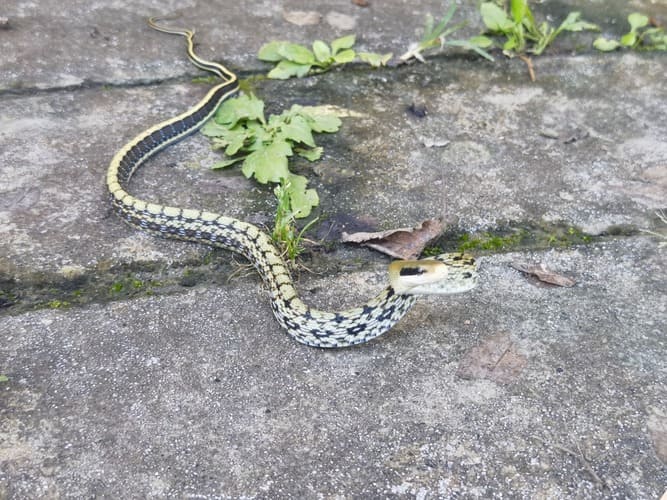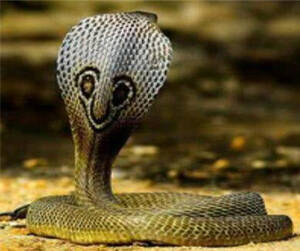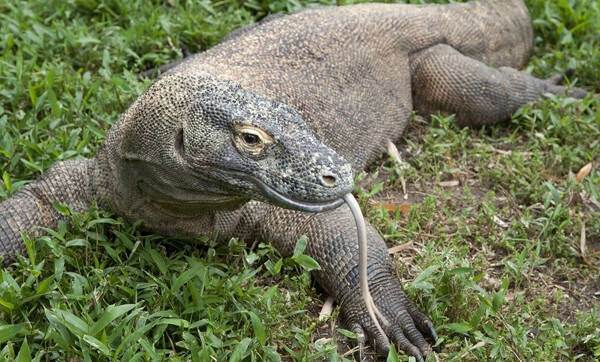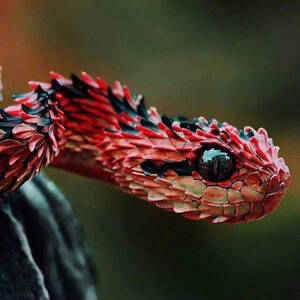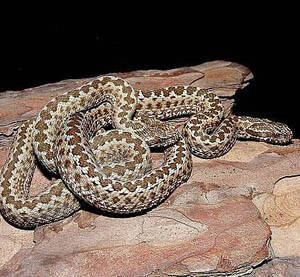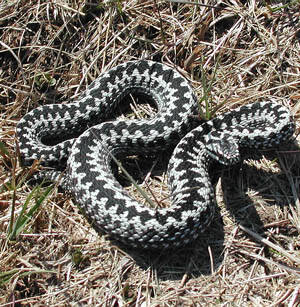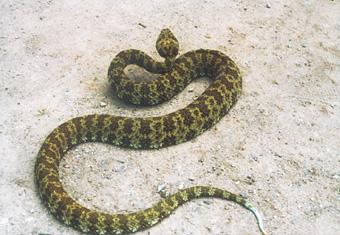Goniurosaurus kwangsiensis
IUCN
LCBasic Information
Scientific classification
- name:Goniurosaurus kwangsiensis
- Scientific Name:Goniurosaurus kwangsiensis,aekezrin(噁呃碄),
- Outline:Squamata
- Family:Grygotyle
Vital signs
- length:18-20cm
- Weight:No verification information
- lifetime:No verification information
Feature
A new species of gecko discovered in recent years
Distribution and Habitat
Guangxi eyelid gecko is endemic to China, with only a very small number of individuals found in Guangxi.
It lives in the karst landform environment of Guangxi.
Appearance
Guangxi eyelid geckos have movable eyelids, which are quite special among geckos, hence the name "eyelid geckos". Its pupils are vertical like those of venomous snakes, its eyeballs are orange-yellow, and its limbs do not have climbing flaps, so it cannot climb steep rock walls as fast as real geckos; its tail has white rings and is slightly enlarged to store fat, which can break off when threatened. The regenerated tail does not have the white rings of the original tail, but has irregular white spots.
Details
Guangxi eyelid gecko, scientific name Goniurosaurus kwangsiensis, is a newly discovered eyelid gecko in China in recent years.
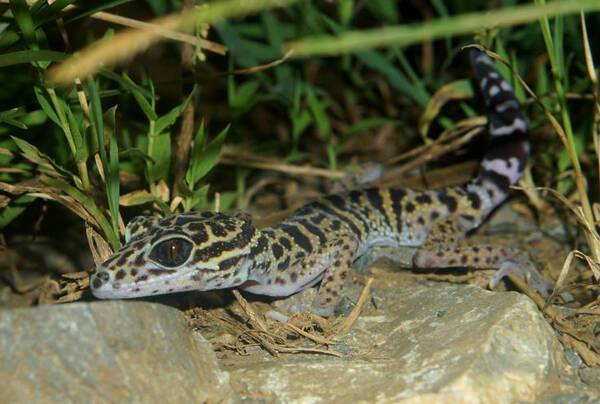
In June 2015, Kadoorie Conservation China published a new species of Guangxi eyelid gecko in the international animal taxonomy journal "ZOOTAXA". Since this is a newly discovered species, the current knowledge of the biological community is very limited. At present, it is only known that they live in the karst landform environment of Guangxi, live in caves, are nocturnal, and prey on insects. According to the data released by Kadoorie, only a very small number of individuals were found in a certain location in Guangxi, so it is very rare.
The discovery of Guangxi eyelid geckos further highlights the ecological protection results and rich biodiversity of Guangxi Daming Mountain, adding another "one" to the list of wild animals in the reserve.
Listed in the second level of the "List of National Key Protected Wildlife in China".
Protect wild animals and eliminate game.
Maintaining ecological balance is everyone's responsibility!

